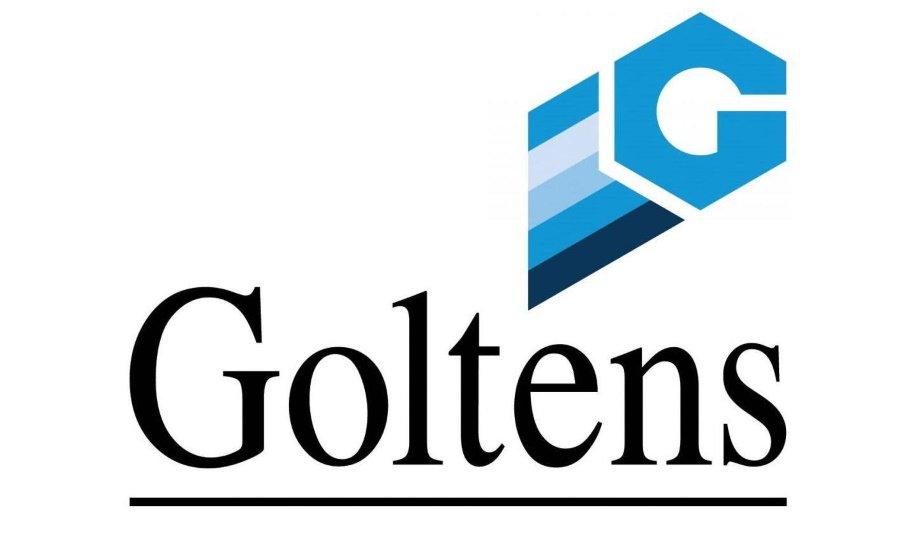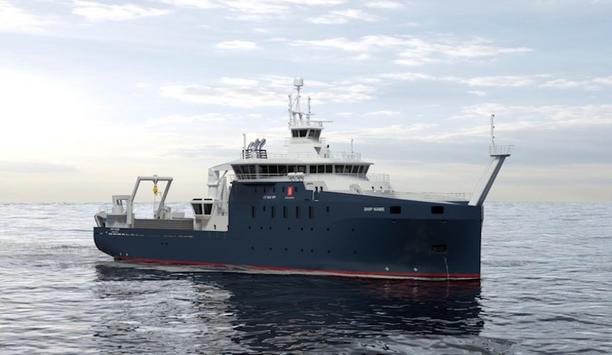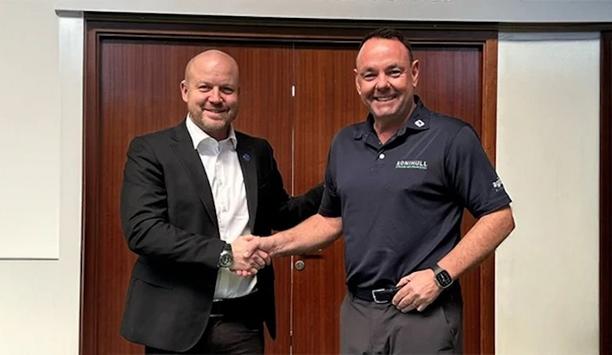The crew of a nine year-old container ship, which is equipped with a Wartsila 6RT-FLEX82C main engine, observed exhaust gas blow-by on cylinder no.5, during normal operation and could not increase the load above 35%.
The cylinder liner had 22,452 running hours and the crew suspected the cylinder liner was excessively worn and needed to be replaced.
Liner replacement on cylinder no.5
The customer requested Goltens to attend and replace the liner with an onboard spare
The customer requested Goltens to attend and replace the liner with an onboard spare and also to evaluate unit no.2 and unit no.4, which had very similar running hours to unit no.5.
The vessel was scheduled to enter dry dock in 2021 and the customer wanted to verify the cylinder liner wear and deformation, alongside its regular scavenge port inspections.
LDM (Liner Diameter Measurement) tooling
Goltens deployed its technicians with LDM (Liner Diameter Measurement) tooling. The LDM allows for the precise measurement of liners without the traditional labour intensive process of removing cylinder covers and piston assemblies to do a manual measurement.
With the LDM tool, Goltens is able to complete the measurement of an entire 2 stroke engine’s liners in a single day.
LDM inspection process steps include:
- Lube oil pump stopped and turning gear engaged
- Cylinder liner temperature confirmed below 70 degrees
- Scavenge port doors were opened with scavenge space and piston under side cleaned
- Air starting valves removed for LDM Antenna cable insertion
- Measuring arm adjusted according to cylinder liner nominal diameter and measuring arm calibrated
- Depth gauge attached with piston underside. Antenna communication cable Measuring arm installed on top of the piston and adjusted to centre
- Cylinder liner measuring position was programmed. Measuring position taken from maker template
- Cylinder liner wear and clover measurement completed
- Cylinder liner running surface photos taken using Liner Condition camera
Cylinder liners in unit no.2 and no.4 in good condition
Unlike unit no.5, the cylinder liners in unit no.2 and unit no.4 were found to be in good condition. The maximum cylinder wear level was measured 0.92 mm on unit no.2 and 0.87 mm on unit no.4. These measurements were well below the maximum allowable wear limits of 5.75 mm.
The average liner wear rate on these two liners was found to be quite low at 0.038 mm/1,000 hours and .041 mm /1,000 hours, respectively. Goltens advised that if the current wear rate were sustained that the liner life should exceed 80,000 RHR.










